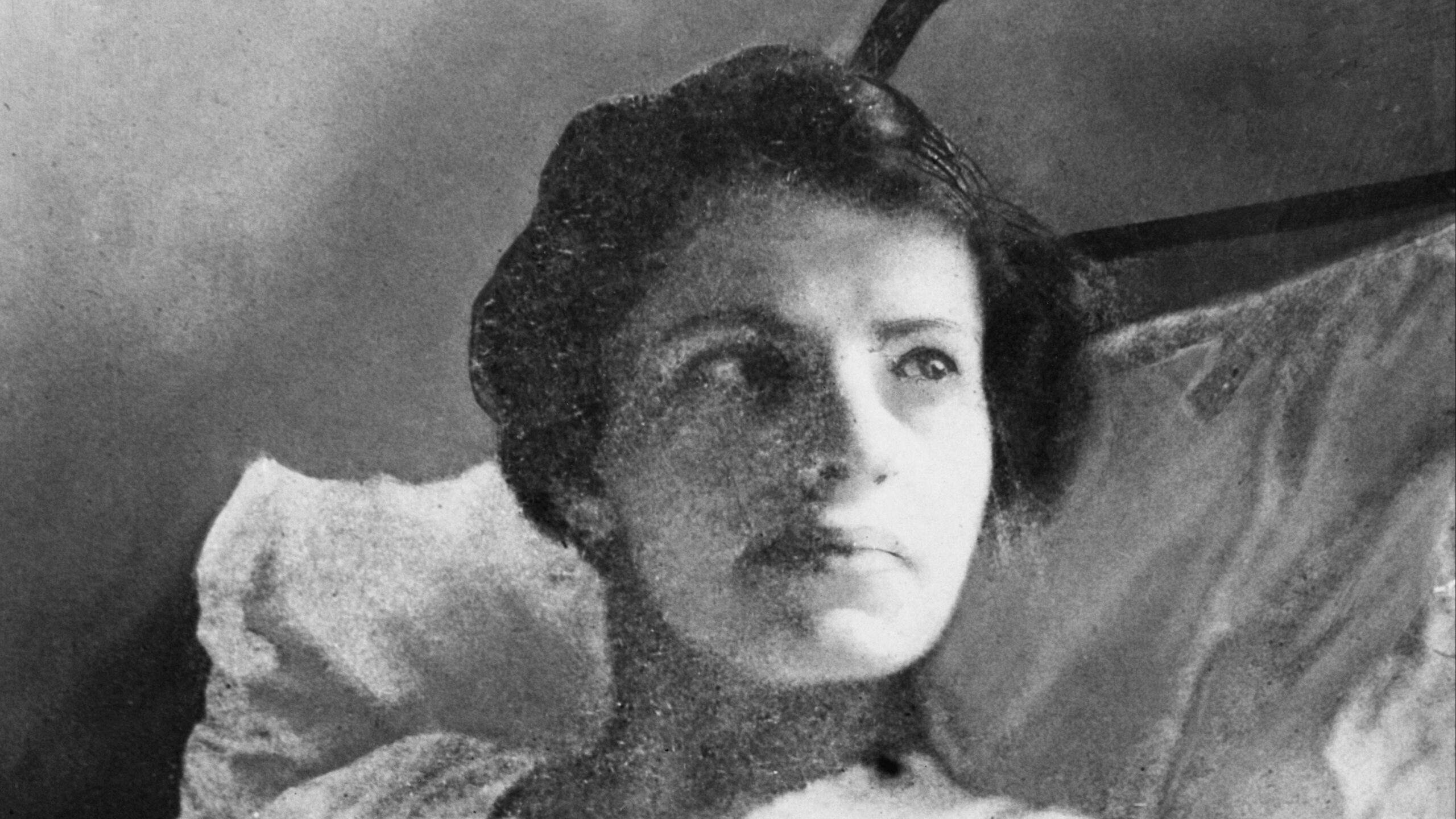
The curious story of Anna Anderson dates back to 1920, when a woman was pulled from a canal in Berlin, Germany. No one seemed to know who she was, and the woman had no identifying information on her. She was taken to the Dalldorf Asylum, where she spent six months not speaking to anyone at all.
When the woman eventually spoke, she did so with a Russian accent.
The woman made a good friend named Clara Peuthert at the asylum. Before Clara left, she started telling people the anonymous woman was actually Grand Duchess Tatiana of Russia, the second daughter of Tsar Nicholas II.
Within a few years, friends of the slain tsar and his family began to visit the woman. A lot of them believed the woman was in fact Grand Duchess Tatiana, but the woman never gave any sign that she recognized the visitors or the people in the photographs she was shown of the Romanov family.
Eventually, the woman began to speak to nurses about the photographs she was being shown. She allegedly told one nurse that a woman in a picture was her grandmother. However, Baroness Sophie Buxhoeveden, who worked for the Romanov family, said that the woman was "too short" to be Tatiana, which began to cast doubt on her alleged Romanov ties.
The woman admitted she wasn't Tatiana but didn't give an alternative identity. One day, a visitor named Captain von Schwabe gave the woman a list of possible names. She crossed out each one except for Anastasia. She was thus given the name Anna Anderson, in reference to her purported true self.
Upon her release, Anna began living with people who supported and believed her. She managed to convince quite a few people she was truly a Romanov, including people who knew the family well. However, none of the immediate family members of the slain family believed her at all.
One of Anastasia's aunts, Grand Duchess Olga Alexandrovna, didn't believe Anna. She explained, "My beloved Anastasia was fifteen when I saw her for the last time in summer of 1916. She would have been 25 in 1925. I thought that Mrs. Anderson looked much older than that. Of course, one had to make allowances for a very long illness and the general poor condition of her health. All the same, my niece’s features could not possibly have altered out of all recognition. The nose, the mouth, the eyes were all different."
There were other details that cast doubt, including the fact that Anna could not speak English, French, or Russian — all languages the Romanov children were fluent in. Eventually, one of Anastasia's uncles launched an investigation that revealed Anna was really Polish factory worker Franziska Schanzkowska.
After her death in 1984, the bodies of the tsar and his family were exhumed. There was no genetic connection between Anna and the family.




